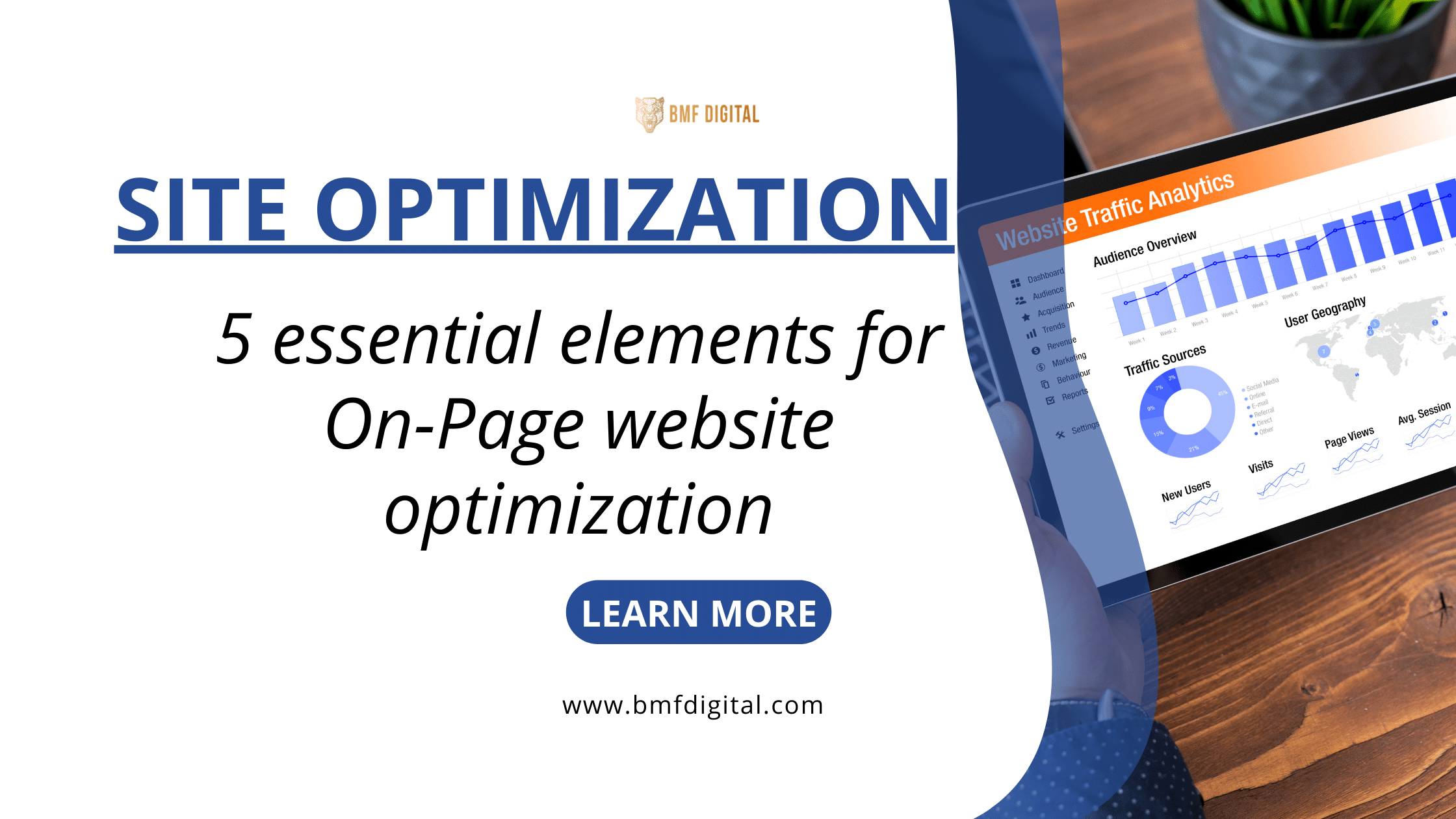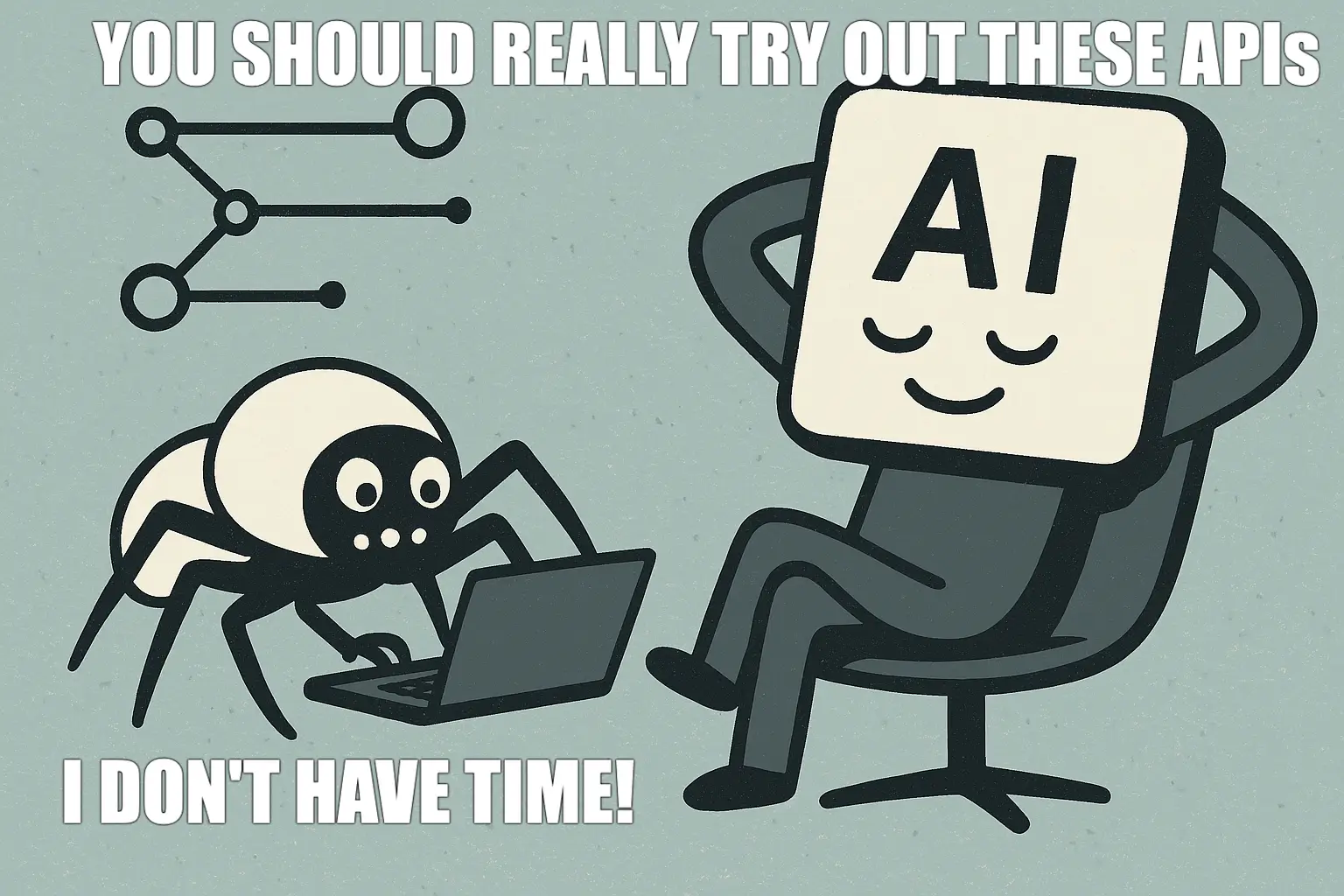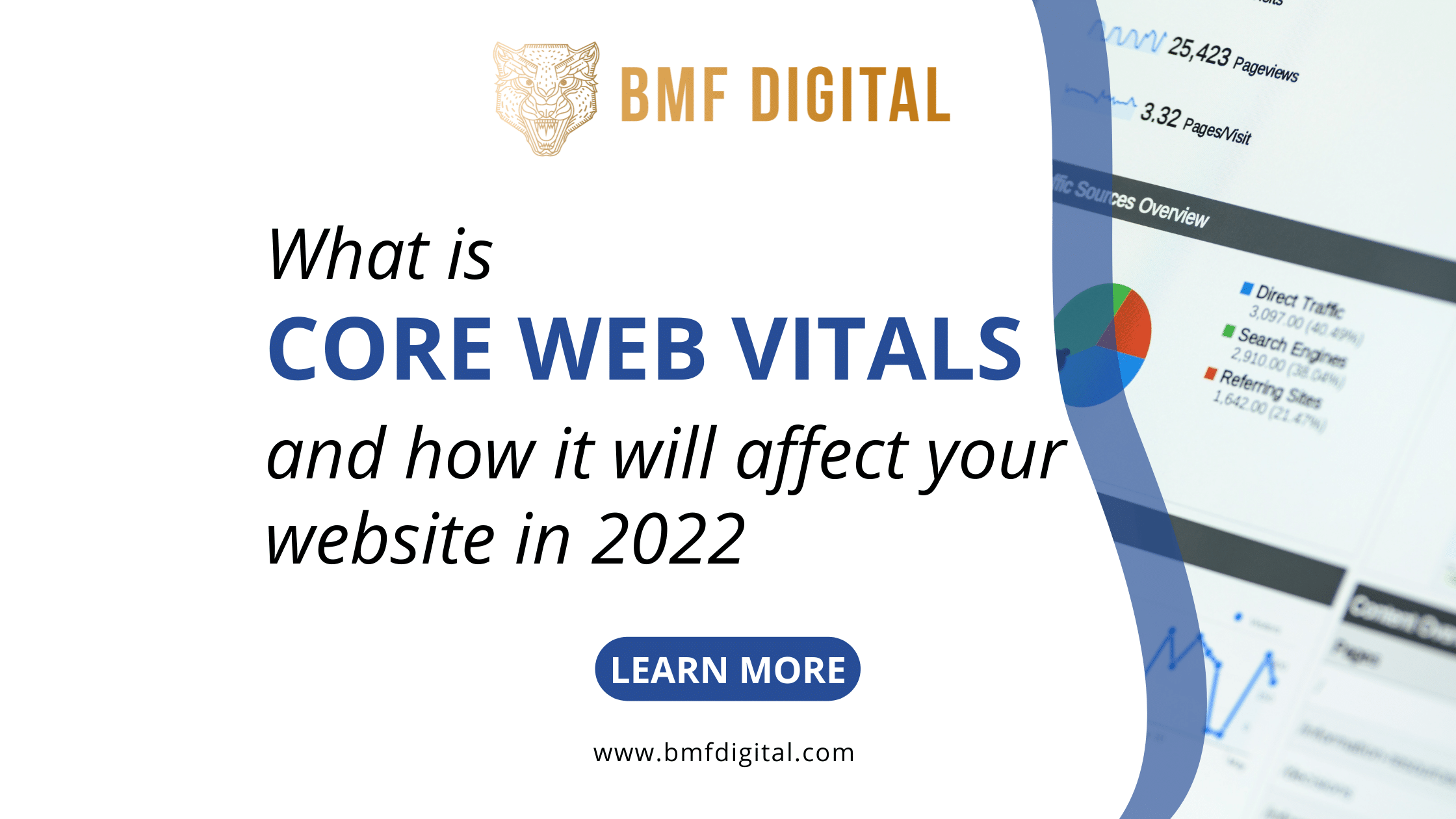Do you have a website and want it to be displayed at the top of Google organic results? You’ll need to focus on an On-Page SEO strategy.
But what do we really mean by website optimization?
On-Page SEO encompasses all the technical and online marketing aspects used to help your website generate organic traffic from Google that converts into customers.
However, beyond this definition, the subject of website optimization is so broad that it involves several professions and skills needed to help your website achieve results more easily and in a significantly shorter time frame.
From website design, to site loading speed and content, in this article I will introduce you to the essentials of On-Page SEO website optimization.
However, before presenting these elements, I think it is important to know what are the objectives of the website optimization:
- An online publication practices site optimization with the aim of increasing the number of articles read by visitors.
- An online store optimizes its website to encourage order completion and repeat purchases.
- A software company optimises its website to improve the conversion rate for a “Free Trial”.
- An insurance company optimizes its website to capture more potential customers to sell different types of insurance.
- An NGO or a fundraising campaign can use website optimization services to increase the number of donations by optimizing the form in terms of UI and UX.
It can be seen that the goals of website optimization will vary depending on the type of business, the company’s target customers and the desired action from the target audience: a purchase, filling out a form or reading an article.
These actions can also be: conversions or increasing the number of potential customers who complete a specific action on the site (downloading a brochure or a PDF with offers).
5 essential elements for On-Page website optimization

1. On-Page site optimization:
SEO optimization is a component of digital marketing that includes, among other things, content creation activities based on keywords searched by potential customers in Google.
Currently, the algorithms used by Google to rank websites focus on 3 fundamental pillars:
- Technical performance of the site (loading speed / visitor experience on the site).
- Site content (SEO optimization of text on pages based on targeted keywords).
- Backlink profile (link building – optimizing the profile of links received by the site from other external sites on targeted keywords).
Let’s go through these 3 fundamental pillars of optimizing a site for Google and see the conditions that must be met to get the desired results.
2. Optimizing the technical performance of the site:
The technical optimization of the site contributes significantly to the ease with which visitors will be able to access and interact with the site. This is a crucial aspect of website optimization from an On-Page SEO point of view.
Site speed is one of the most critical performance indicators. It is estimated that a website that loads over 2.5 – 3 seconds risks losing potential customers.
It has also been concluded that the abandonment rate of a site increases if it loads in more than 5 seconds.
A site can load slowly for a number of reasons. However, there are enough tools that can help us to find out why a website loads slowly and which elements significantly affect the loading speed of the website:
By increasing the loading speed of your website, you will reduce the number of abandonments caused by slow loading and this will also contribute significantly to achieving the desired results from an SEO point of view.
At the same time, I also want to mention that Google has updated its search engine algorithms. By introducing Core Web Vitals, Google has highlighted the importance of site loading speed and optimizing web performance.
Find out what Core Web Vitals is and how it affects the technical performance of your site and the results you will get.
Other technical aspects that are essential for site optimization:
- Optimizing the site for mobile devices – we recommend using a responsive design.
- Optimizing the performance of the hosting server and resolving errors of type 400 / 404 or 500 – for many sites these are responsible for losing a considerable number of potential customers.
Also, from an On-Page Technical SEO point of view, site pages should have a unique title and meta description that targets the relevant keywords that potential customers search for in Google.
Find out all the information you need about keywords by reading our article on what keywords are and what types of keywords are in SEO.
3. Website optimization – conversions and visitor experience:
Website conversion rate optimization covers everything you do to give potential customers a better browsing experience and interaction. This aspect of On-Page SEO optimization is crucial especially for online stores.
If you improve the visitor experience, you will also improve the site’s conversion rate, as well as the site’s rankings in Google.
Also, in addition to improving the conversion rate, a good user experience (UX) will also increase customer loyalty, as customers are more likely to return for further purchases.
When a company looks to optimise its website, it will often focus on one type of optimisation (SEO or UX, for example). However, this is a common mistake and will not help the business to substantially increase its revenue.
That’s why the SEO services offered by BMF Digital Agency are based on a holistic approach in terms of On-Page SEO & Off-Page SEO.
4. Optimization of website content:
Writing “qualitative content”, optimizing it and getting reliable backlinks is now just the beginning for ranking the site on targeted keywords.
The ultimate goal for Google is to understand the context and display results relevant to the intent of those searching for a particular keyword in the search engine.
This makes keyword analysis and keyword selection more important than ever in optimizing a website.
You also need to know and understand that there are certain keywords and searches for which it will be impossible to rank your site in the top 3 – 5 organic results in Google or even on the first page.
The basics of content optimization:
- Title and Meta Description.
- H1 – H3 tags.
- Image Optimization (name and size on the server).
- Inserting relevant keywords in the content text.
- Inserting relevant internal links on other targeted keywords in the site.
5. Backlink profile optimization:
For a very long time, in the algorithms used by Google to rank sites, the top is driven by the backlink profile.
Google has become more adept at identifying and devaluing SPAM links, so the quality of the backlink profile is more important than the quantity of backlinks obtained each month.
That being said, if you focus on all the essentials mentioned in this article, you will have an optimized site that is set up for long-term stable success.
If you want a holistic SEO strategy for your business website, contact BMF Digital agency and let’s see how we can help you grow your business in Google.




One Comment